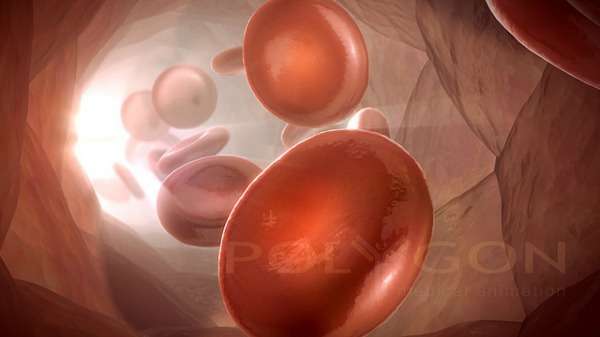Combined drug treatment combats kidney disease

A recent discovery by drug researchers whereby coupling specific cell membrane receptors has altered kidney cell function has triggered a re-think of how to treat chronic kidney disease (CKD) more effectively.
CKD is a progressive disease, increasingly more common through a rise in the prevalence of diabetes.
Elevated blood glucose levels in diabetics put strain on the kidneys, which gradually fail to prevent proteins ending up in urine as waste (proteinuria).
A newly identified functional protein complex in kidney cells, a combination of Angiotensin II Receptor Type 1 (AT1) and Chemokine (C-C Motif) Receptor 2 (CCR2), brings regulators of blood pressure and inflammation together as a basis for a new therapy.
The main treatment for CKD is currently based on pharmacological blocking of only AT1, but this is 'nowhere near good enough' according to Harry Perkins Institute of Medical Research Associate Professor Kevin Pfleger.
He says it only delays the development of fatal end stage kidney disease.
His team's discovery relating to AT1 and CCR2 was recently published in PLOS One and has clinical implications for CKD.
Findings from subsequent in vivo experiments confirmed combination treatments involving AT1 and CCR2 inhibitors helped protect the kidneys and decreased proteinuria in a pre-clinical model of CKD.
"This is an illustration of how you can undertake fundamental science with an eye for how it is going to benefit a patient," Dr Pfleger says.
Drug treatment to be tested in human trials
Together with colleagues in Melbourne they are recruiting CKD patients at the Austin Hospital for a clinical trial to test whether the combined use of two drugs that simultaneously target AT1 and CCR2 will improve their treatment.
Dr Pfleger and his colleagues previously developed the concept of detecting functionally relevant receptor interactions in cell cultures.
They did this by utilising the close proximity of luminescent and fluorescent labels fused to proteins of interest in a complex, which allowed them to identify the receptor combinations involved.
The patented approach owned by Dimerix Bioscience is called Receptor-Heteromer Investigation Technology (Receptor-HIT).
"We de-risk the discovery process very early on because the fundamental work can be done in a 96-well plate, testing receptor complexes in live cells," he says.
According to Dr Pfleger, Receptor-HIT guides which receptor targets to pursue in a very cost-effective and logical manner and can be used for many different receptor interactions.
This research was done in collaboration with St Vincent Hospital in Melbourne and supported by multiple funding schemes, among which were NHMRC, ARC and Commercialisation Australia via Dimerix Bioscience.















